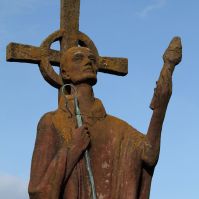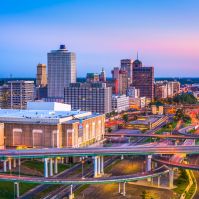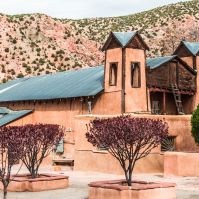![]() Japan’s 2020 Olympics will have a new place of worship for the thousands of Muslims expected to attend the quadrennial sports events. The Yasu Project has created what they believe to be the first mosque on wheels, a 25-ton truck modified to accommodate 50 worshippers at a time. It includes a washing area and will eventually have a compass that points to Mecca.
Japan’s 2020 Olympics will have a new place of worship for the thousands of Muslims expected to attend the quadrennial sports events. The Yasu Project has created what they believe to be the first mosque on wheels, a 25-ton truck modified to accommodate 50 worshippers at a time. It includes a washing area and will eventually have a compass that points to Mecca.
The idea behind the mosque is to provide space to allow Muslims to fulfill their religious duties. It’s expected that the mobile mosques will be parked at different Olympic venues and promote peace. However, there is concern that the crowds could be distracting or that the mosques could be attacked by those who are intolerant.
Churches on the Move
Although the Yasu Project created mobile mosques, it’s not the first time that places of faith were installed in moving vehicles. Over 100 years ago, missionary railroad cars were regularly used in Siberia. An American clergy man developed the traveling church, but the Russian Orthodox Church commissioned a number of them to use for people who couldn’t get to divine services. The cars were decorated with all the ostentation and splendor of a physical building, including an altar, candelabra and painted icons.
English missionaries also tried to use the railcars in India to promote religion, but there isn’t much history available as to the outcome. The railcars were actually designed to reach settlers in Montana and Idaho, again where settlements were few and far between, but they never took off in the United States.
Last year, the New York Post reported on a gentleman who used his Uber car as a church on wheels. Kenneth Drayton is an ordained minister who reports that his passengers can sense the presence of God when they get in his car, a 2009 Mercury Grand Marquis. He only plays classical music and keeps his car immaculately clean. Passengers open up, which lets Drayton preach about God. The reaction is mixed, according to Drayton. Some passengers feel peace and relax, while others are rude, no matter what he does or say. Still, Drayton has a 4.8 rating, which is pretty good for an Uber driver.
Meeting People Where They Are
When you really think back to what is known about Jesus’ ministry, he had one of the first mobile ministries. He preached where the people were, whether it was on the side of a mountain, beside the waters of the Jordan river or in the towns. There are multiple accounts of Jesus simply walking through a town, healing people he met along the way. One woman simply touched his cloak and was healed.
Jesus traveled throughout Israel, preaching, healing and teaching without the benefit of a house of worship. It didn’t seem to matter to him where he performed his miracles. He turned water into wine at a wedding. He healed Peter’s mother-in-law in her house. Mary and Martha sat at the feet of Jesus in their home while he taught. The feeding of the 5,000 is reported to have taken place near Bethsaida, which was about six miles from Capernaum. Capernaum is about 85 miles from Jerusalem.
Jesus offered to go to the home of a centurion soldier to heal the soldier’s beloved servant. The soldier stated that he was not worthy to have Jesus come to his home. He simply asked Jesus to say the words, knowing that healing would occur because of Jesus’ authority. Jesus didn’t need a temple to do his good deeds.
Mobile ministries can make a difference to how people worship. There’s hope that the Yasu Project will bridge a gap at the Olympics and other sporting events, promoting harmony between all faiths.



